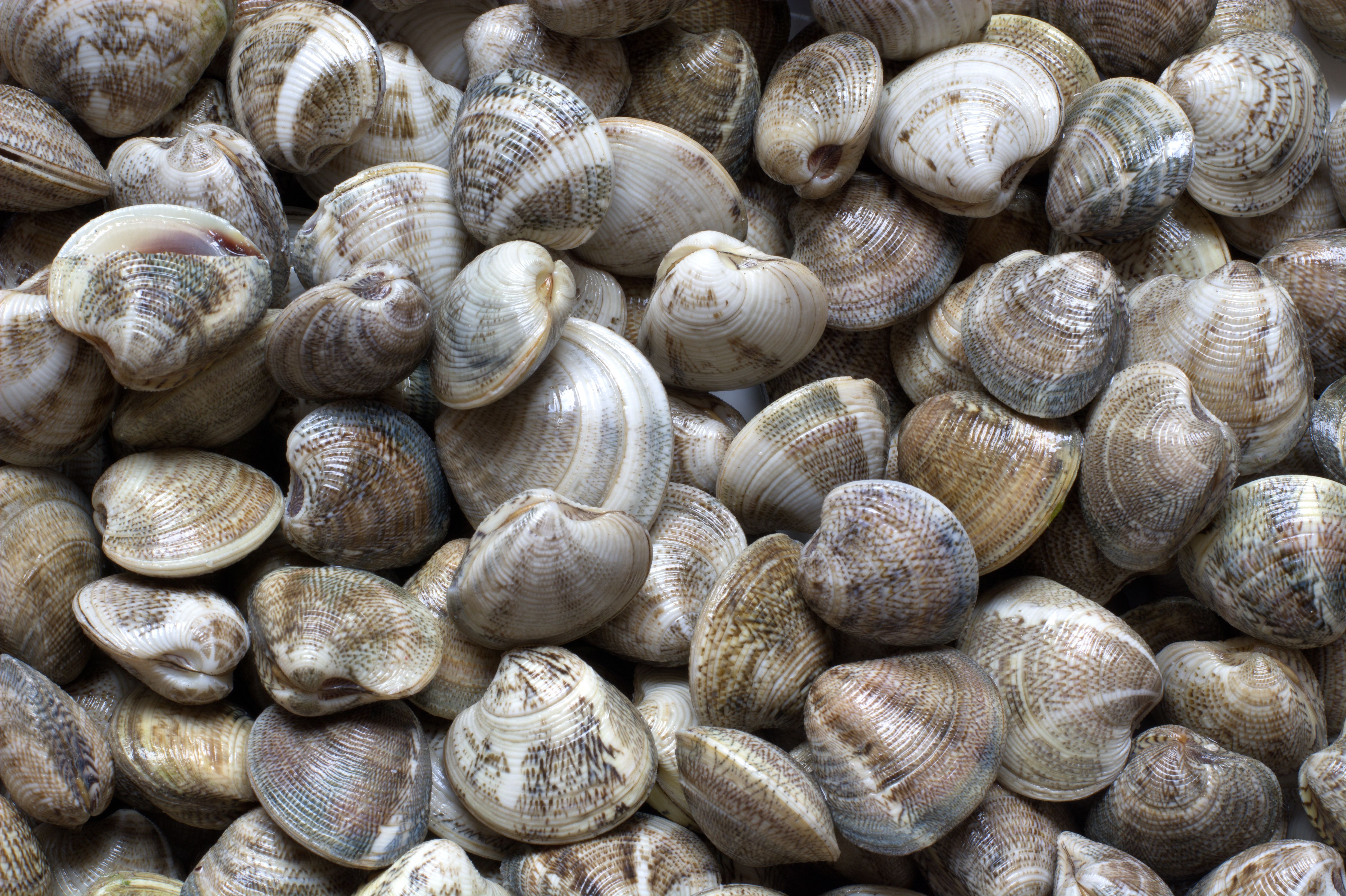3D-COFs Assist Capture of Okadaic Acid Toxins in Shellfish
Okadaic acid (OA) is considered a marine toxin with distributed hydroxyl, polycyclic ether, and carboxyl groups, easily accumulated in shellfish and known to cause food poisoning in humans.
A study written by Guomin Qi, who is affiliated with the College of Chemistry and the Engineering Technology Research Center on Reagent and Instrument for Rapid Detection of Product Quality and Food Safety in Fujian Province, both at Fuzhou University in Fuzhou, China, presents a novel, three-dimensional covalent organic framework (3D-COF) for the purpose of high-performance capture of a marine toxin, okadaic acid (OA) (1).
Mussels, clams, all the fresh sea | Image Credit: © corradobarattaphotos - stock.adobe.com

Published in the Journal of Chromatography A, the study reviewed the effectiveness of methods such as high performance liquid chromatography (HPLC) and liquid chromatography coupled to tandem mass spectrometry (LC–MS/MS), in terms of both reproducibility and stability, to analyze OA, which is classified as a polyether and polyketide derivative of a C38 fatty acid (1). (And in fact, LC–MS/MS was ultimately used along with a 3D-COF to analyze the toxins identified in this study.) OA is further defined as a lipophilic toxin possessing distributed hydroxyl, polycyclic ether, and carboxyl groups, and may lead to human food poisoning. Covalent organic frameworks (COFs) are considered chemically and architecturally stable, Qi said, and are gaining a reputation as viable sample pretreatment and separation materials because they also offer efficient adsorption, ordered pore distribution, high and specific surface area and low density.
For the experiment authored by Qi, pore-surface engineering was employed to integrate linear building blocks (4,4′-diamino-3,3′-biphenyldiol [BD(OH)2] and benzidine [BD]) with a 3D structural building block backbone (4,4′,4′',4′''-methane-tetrayltetrabenzaldehyde [TFPM]). The ratio of BD(OH)2 was then adjusted to create functional, multicomponent COFs ([OH]x-BD-TFPM) with multiple-mode hydrophobic and hydrophilic groups, where dispersive solid-phase extraction (dSPE) was optimized at x = 25% (1). Essentially, Qi said, this process created content-tunable hydroxyl groups on the pore walls.
Clams and mussels purchased from local markets were the shellfish analyzed in this study. Because OA content in seafood is typically low, an effective pretreatment method has traditionally been sought for high-performance analysis; in this instance, the obtained shellfish muscles were pureed with methanol (MeOH) added into the centrifuge tube, filtered, dried with nitrogen, then redissolved in water and refrigerated (1).
The [OH]25-BD-TFPM COF, coupled with LC–MS/MS, was judged by Qi to be sensitive in the quantitative detection of OA in the clam and mussel samples, and especially so in comparison to previous detection of OA by solid-phase extraction (SPE) materials without hydrophilic interactions; the limit of detection (LOD) in this experiment was established at 0.005 μg/kg (1). Recoveries of OA ranged from 93.9% to 105.1% for the clam samples and 96.7% to 110.2% for the mussels.
Qi compared the robustness of this novel 3D-COF favorably with a previously reported two-dimensional (2D)-COF, particularly in terms of faster adsorption kinetics, better adsorption capacity, and better values for KF, or molal freezing-point depression constant. With a high-performance target capture the end goal of this study, the author concluded that a three-dimensional covalent organic framework SPE was powerful and easy to deploy.
Reference
(1) Qi, G. Efficient Capture and Highly Sensitive Analysis of Okadaic Acid by Three-Dimensional Covalent Organic Frameworks with Hydroxyl Surface Engineering. J. Chromatogr. A 2023, 1708, 464334. DOI: 10.1016/j.chroma.2023.464334
Advances in Non-Targeted Analysis for PFAS in Environmental Matrices
March 27th 2025David Megson from Manchester Metropolitan University in Manchester, UK, spoke to LCGC International about the latest developments in non-targeted analysis (NTA) of per- and polyfluoroalkyl substances (PFAS) in environmental matrices based on a recent systematic review paper he has collaboratively published (1).
Study Explores Thin-Film Extraction of Biogenic Amines via HPLC-MS/MS
March 27th 2025Scientists from Tabriz University and the University of Tabriz explored cellulose acetate-UiO-66-COOH as an affordable coating sorbent for thin film extraction of biogenic amines from cheese and alcohol-free beverages using HPLC-MS/MS.
Quantifying Microplastics in Meconium Samples Using Pyrolysis–GC-MS
March 26th 2025Using pyrolysis-gas chromatography and mass spectrometry, scientists from Fudan University and the Putuo District Center for Disease Control and Prevention detected and quantified microplastics in newborn stool samples.







